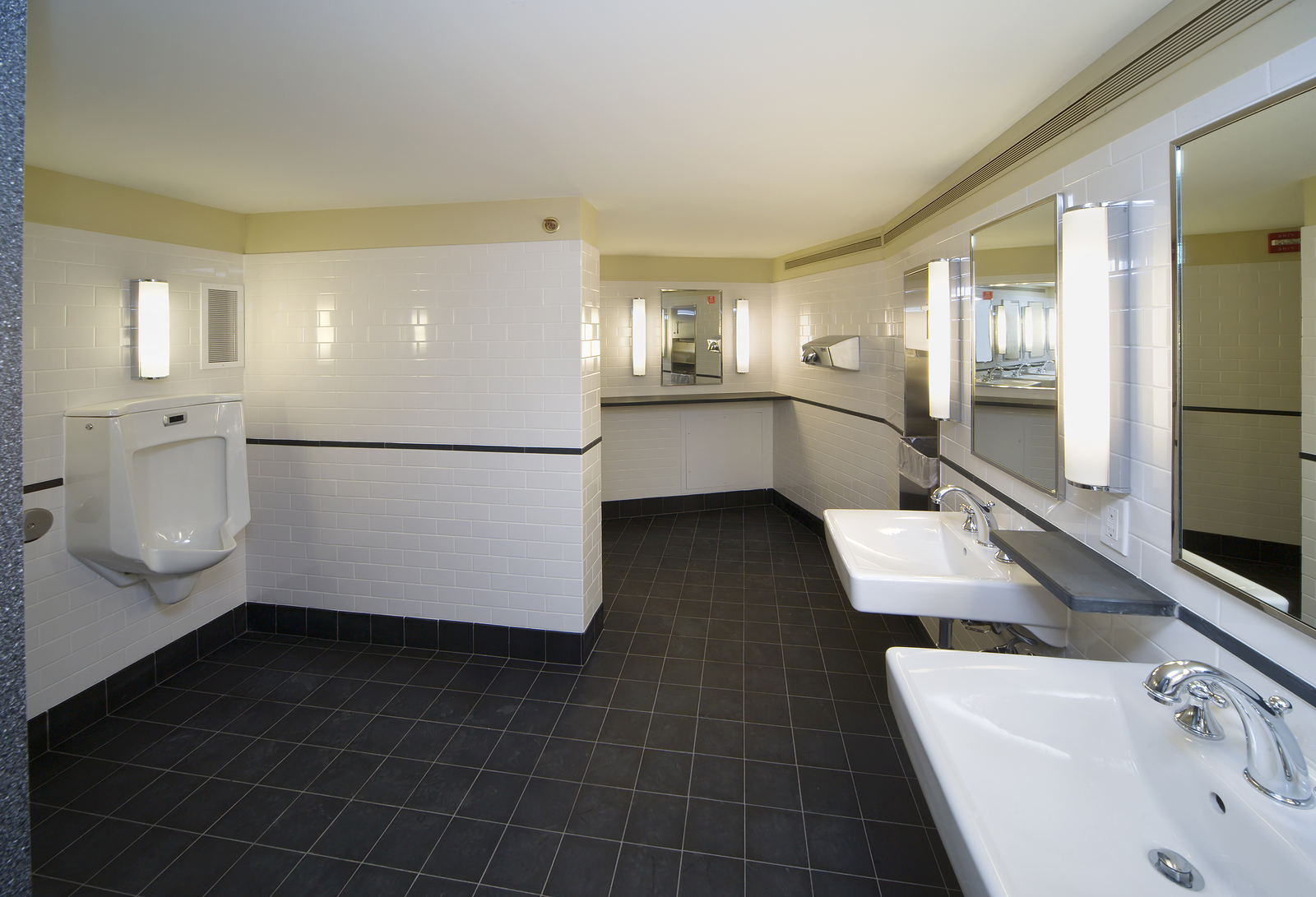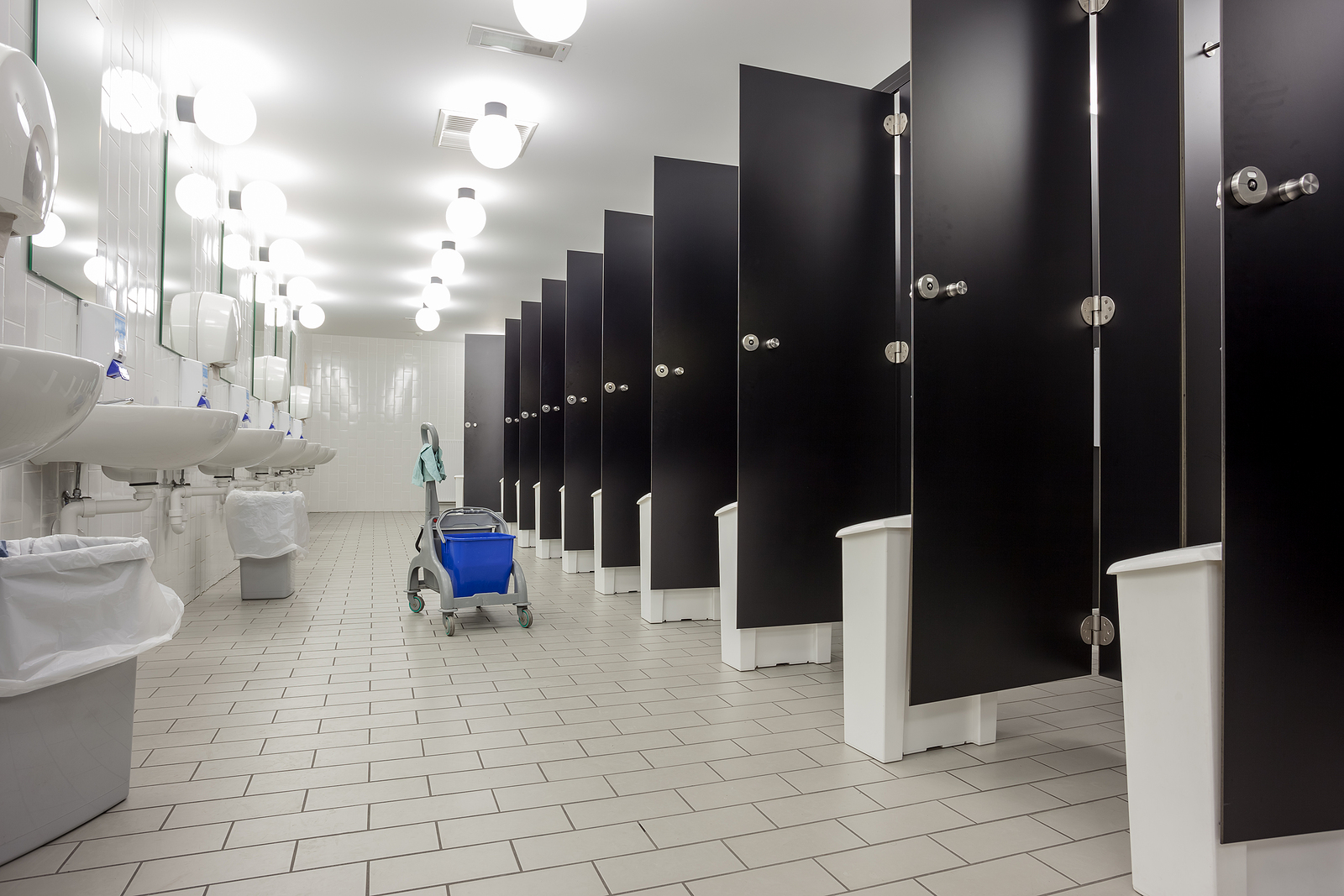

Any large building will need washrooms, but finding the right solution can never involve a one-size-fits-all approach. There will be a wide array of considerations to take into account, including who will use them, when and in what wider environment.
Some cases are straightforwardly different. For example, school toilets will need to be designed for physically smaller people (especially in primary schools) and segregated by sex. In educational settings for older individuals, the first requirement will not apply and the second may be open to question, depending on your policies regarding identity issues.
What Diverse Washroom Needs Must You Consider?
In other instances, however, needs may vary. For example, buildings with mixed uses will have different people utilising them in varied ways.
Those living there will need a full bathroom and a bit of luxury, whereas functionality and washrooms designed for multi-person use will be suitable for workplaces or visitors.
Multi-storey buildings are often a case in point, especially as many have retail or business units on their ground floors and residential units above. This can be even truer of skyscrapers.
However, by their nature, skyscrapers are usually quite narrow buildings and this means that apart from the other design considerations, space can be an issue. This is where having made-to-measure toilet cubicles installed can help to maximise the available room.
Britain has seen a lot of very tall buildings emerging all over the country in recent years. One only has to look at the proliferation of skyscrapers in central London, the Docklands around Canary Wharf, or central Manchester and Salford to see this. Other cities are also increasingly building high.
What Are Britain’s Modern Skyscrapers Mainly Used For?
However, the usage varies. Many of London’s new skyscrapers provide office space, whereas Greater Manchester’s new towers are mainly residential. This will apply to many upcoming projects too, including a new cluster of towers in Salford that will include the tallest skyscraper (895 ft high) outside of London.
Other skyscrapers have more diverse uses. The tallest building on the other side of the River Irwell will be the 787 ft Nobu Tower, a mixed-use skyscraper comprising apartments plus a high-end restaurant and a hotel, the last of which will give the building its name.
The company is part-owned by actor Robert De Niro, who has spoken of his pride in the project.
When it comes to the washrooms, the mixed use creates different needs that those fitting out the building when construction is completed will need to consider.
Apartments will need luxury, privacy and integration with bathrooms, as will hotel rooms, although the latter will need less space for those having temporary stays and no need for large stocks of toiletries, towels and other accessories.
However, washrooms that are smart but can be used by many people at once will be needed in the restaurant and public areas of the hotel, such as the lobby and reception area.
The same principle will already apply in similar existing buildings, such as the 554 ft Beetham Tower, which was itself once the tallest in Manchester.
Completed in 2006, it combines a hotel with apartments, as well as a high-end public bar, creating different needs for varied circumstances.
How Can You Fit Washrooms In Very Thin Towers?
A notable feature of this particular tower is that it is one of the thinnest skyscrapers around. This does add some space constraints to apartments, which means that their washrooms have to be designed to maximise the space that exists.
This will be even more important in public facilities in such towers, as made-to-measure solutions will help to ensure the number of cubicles can be maximised in a limited space, ensuring patrons are not left waiting longer to use them.
This may be an important customer service, especially when bars and restaurants offer premium food and drink at high prices.
Cases like the Beetham Tower are quite exceptional for the UK, with most skyscrapers being wider.
New York is a different matter. The development of ultra-thin towers has reached its most extreme state in the Billionaire’s Row skyscrapers of Manhattan, pencil-thin towers where the apartments, all aimed at the very top end of the wealth bracket, each occupy a whole floor.
In the thinnest case, the 1:24 height-to-width ratio of 111 W 57th Street is a world record and unlikely to ever be matched in the UK; however, many new skyscrapers with apartments aimed at the well-heeled are being built.
Nonetheless, space will always be at a premium in any skyscraper, so the challenge for those designing and fitting out the washroom facilities will always be to meet the appropriate needs while making the most of the constrained dimensions.





